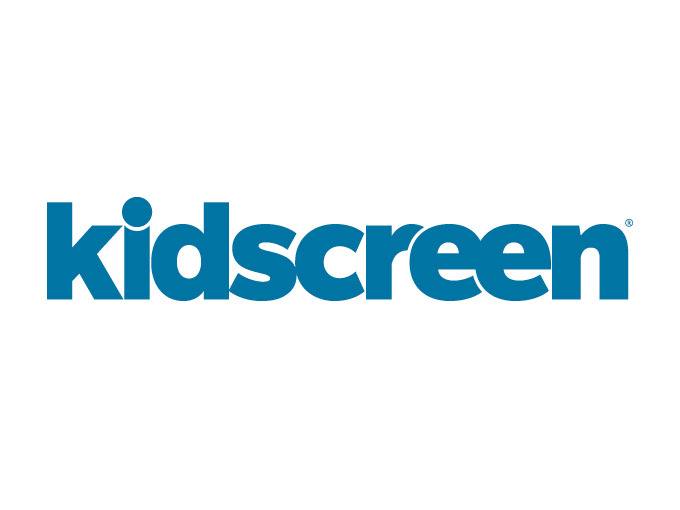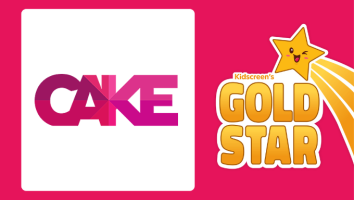It was not exactly a calm summer. Lockdowns continued, kids remained at home, COVID-19 cases flared up, and racial injustice became top of mind when George Floyd’s death sparked protests that continue to this day.
Conversations around racism and discrimination spread, and businesses around the globe shared black squares in support of Black lives. For many in BIPOC and marginalized communities, it was an empty gesture. What good is a show of solidarity if nothing changes?
The kids industry is well-positioned to help its audience understand the deep-rooted, insidious nature of racism, and we’re seeing broadcasters and producers step up to help kids make sense of the conversations taking place around discrimination.
But let’s not squander this opportunity to take stock and do more. Have you looked at the senior ranks of your company recently? Where are the people of color? Have you audited your content? How many Black, Indigenous, Asian or Middle Eastern leads have you got? Do they have an appropriate amount of speaking time? And do the decision-making creatives behind the scenes match?
Here at Kidscreen, we’ve been taking stock. This summer, we launched a diversity and inclusion initiative that started with measuring how we’ve done in the past. The results weren’t great, and the process illuminated our own biases. Over the past five Kidscreen Summits, just 12% of our speakers were BIPOC or Hispanic. In our magazine coverage (over the last three years) and Kidscreen Daily stories (over a three- month period in spring/summer), just 14.5% of the people we’ve interviewed are BIPOC. That’s not good enough, and we’re aiming to do better.
We want our audience (the kids industry) to look like their audience (kids). And Gen Alpha is an incredibly diverse group. Setting a target is a challenge, not least because there’s no uniform way of counting the world’s population by race or ethnicity. Some countries—like Canada, the UK and the US—do track populations by background and age. Countries like Australia count both, but don’t tally them together. And other countries like Finland and France don’t track it all.
But when you look at the geographic breakdown of our readership and event attendees by country, 42% of those populations are BIPOC*. So going forward, our goal is to match that, though getting to 42% won’t be an overnight affair. This year, we are making a commitment to increase our representation of BIPOC voices through our interviews and at our events by 10%, a pace we’ll continue for the next two years to reach our goal by 2023.
We’ll regularly review our progress (as well as global population trends), and adjust accordingly. And we’ll keep you updated along the way. We’re not always going to be perfect, and we won’t shy away from acknowledging when we miss a target.
This new goal joins some other initiatives we’re excited about, such as the addition of a Best Inclusivity category at this year’s Kidscreen Awards. And it’s part of our diversity and inclusion mission to better represent BIPOC, LGBTQ+ and disability communities in all aspects of the Kidscreen brand.
We’re not going to be able to do this alone, and we’re looking forward to hearing from you about how we can continue to improve our coverage. We also hope the industry will hold us accountable when we stumble.
The kids of the world are incredibly diverse, and we hope that we can play at least a small part in helping the industry that entertains them be a little bit more inclusive as well.
*We achieved this number by weighting our readership and event attendee breakdown against publicly available population data. Whenever possible, we looked specifically at kid populations, but generally used overall population data.






















